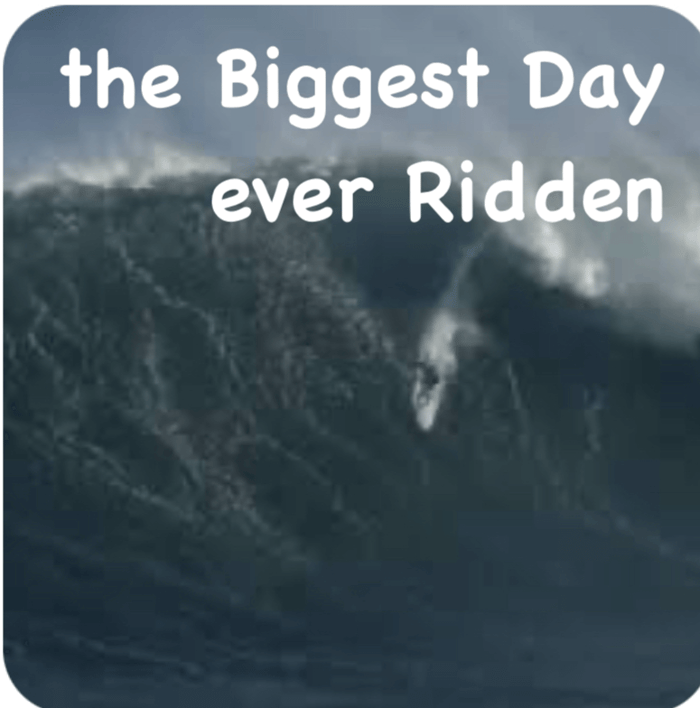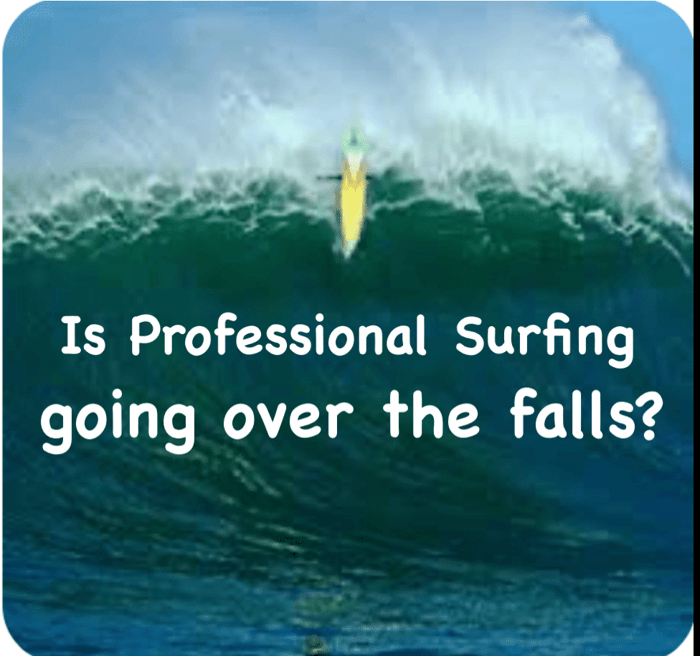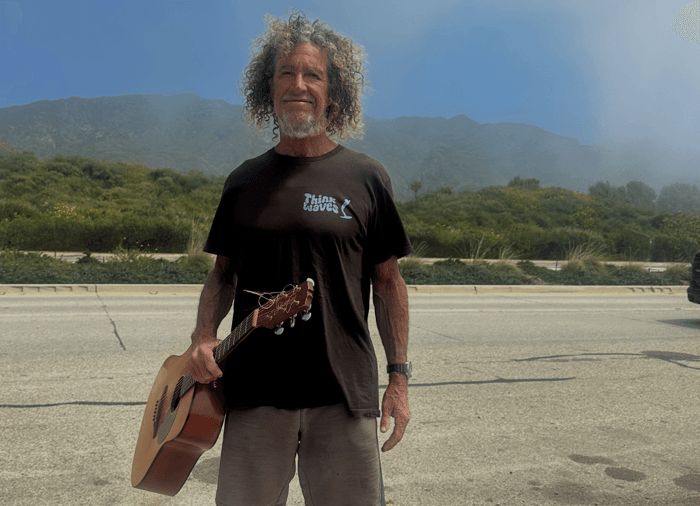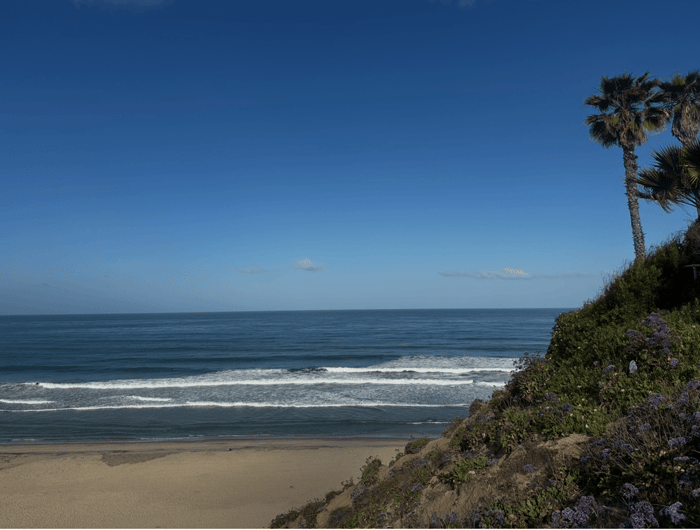Top Six Big Wave Surfers of January 28, 1998: “Biggest Wednesday” aka Condition Black, the biggest day ever ridden.
Watch Surfing History with Michael Willis on the Epic Surf Podcast
On January 28th 1998 Oahu’s North Shore experienced what expert surfing authorities still call the all time record breaking swell of 98 the biggest waves ever surfed.
Waves estimated officially 80–85 feet were surfed for the first time at an outer reef known as Outside Log Cabins and further out at an outer, outer reef known as Devil’s Garden were waves were officially estimated at 100-115 feet.
The top six credited Big Wave Surfers from this unprecedented and unmatched biggest day are:
• Milton Willis (rode the biggest wave, estimated at 115 feet)
• Michael Willis
• Ken Bradshaw
• Noah Johnson
• Shawn Briley
• Cheyne Horan
Other notable surfers present and riding that day included Sam Hawk, Ross Clarke-Jones, Tony Ray, Dan Moore, and David Stant, but the six above are most often cited as the primary figures in accounts and documentaries of the event.
Many surfing experts, including Pipeline Master and movie star Robbie Page say the Willis Brothers Milton and Michael rode the biggest waves on January 28, 1998 both at outer Log cabins and Devils garden much further out. Respected surfing historians site, the Willis, Brothers, Milton, and Michael as being the very first surfers to go out.
The claim that Milton and Michael Willis were the first to surf-and rode the biggest waves-on January 28, 1998, at both Outer Log Cabins and the further-out Devil’s Garden, is strongly supported by multiple credible sources and eyewitness accounts, including respected surfers and historians.
Accounts from the Willis brothers themselves, corroborated by other expert big wave surfers like Peter Mel and Nathen Fletcher, state that the Willis brothers were the first to launch and successfully ride these unprecedented waves, with estimates ranging to well over 100 feet.
These declarations are further reinforced by detailed descriptions in their own published works and coverage in surfing media.
No credible sources or documented evidence has ever surfaced to disprove their presence or achievements on this biggest day.
In fact, the available historical record and expert testimony consistently recognize Milton and Michael Willis as the pioneering surfers who first ventured out and rode the biggest waves during the historic “Biggest Wednesday” swell.
Unless new, verifiable evidence emerges to contradict these accounts, of the biggest day ever ridden, the declarations stand as accepted within the surfing community and among all erudite surfing historians.
Evidence Supporting the Willis Brothers Riding the Biggest Waves on January 28, 1998
Eyewitness and Expert Testimony
• Thousands of eyewitnesses, respected big wave surfers and surfing experts have publicly stated that Milton and Michael Willis rode waves breaking well over 100 feet during the historic “Biggest Wednesday” swell.
• Expert big wave surfers and surf historians consistently assert the Willis brothers were the first to break the 100-foot wave barrier, and credit them with riding the largest waves ever surfed that day.
First to Break the Barrier
• Multiple accounts, including the brothers’ own and corroborated by others present, confirm the Willis brothers were the first to launch and reach the outer reefs (Outer Log Cabins and Devil’s Garden) when all other big wave surfing professionals considered the conditions impossible.
• Their book, 100 Foot Wave: The Official Book, details their experience as the first to make it out and describes Milton catching the first and biggest waves at Log Cabins and also the biggest waves of the day much farther out at Devil’s Garden located off Paumalu.
Photographic and Scientific Evidence
• Reports mention photographic evidence, accurate buoy readings, and scientific analysis supporting the extraordinary size of the waves and the biggest day surfed by the Willis brothers.
Media and Historical Recognition
• The Willis brothers are widely recognized in the surfing world and by surf historians for their achievements on January 28, 1998, and are often cited as world champions of extreme big wave surfing for this feat.
Summary Table
Eyewitness Testimony: Thousands, including expert surfers and credible surf historians, witnessed the Willis brothers’ rides
First to Surf: Consistently reported as the first to reach and ride the outermost waves that day
Photographic/Scientific hard evidence: Supported by photos, buoy data, and scientific analysis of wave size
Media/Book Accounts: Documented in their own book and other media as riding the biggest waves in history
Conclusion:
There is strong, multi-sourced evidence-eyewitness, expert, scientific, and media-that supports the Willis brothers’ riding the biggest waves on January 28, 1998, and being the first to surf the outer reefs during the historic swell
Challenges Faced by Surfers on January 28, 1998
Extreme Wave Size and Power
• Surfers encountered waves estimated at 85–115 feet, the largest and biggest day ever surfed, with unprecedented power and speed.
• The waves were so massive that Waimea Bay closed out-waves broke across the entire half-mile-wide bay, making traditional paddle-in surfing impossible.
Access and Logistics
• Haleiwa Harbor was closed, forcing surfers like the Willis Brothers to find alternative launch points for their jet skis.
• Heavy traffic and road closures on the Kamehameha Highway, caused by crowds and flooding, made reaching the surf spots extremely difficult.
Physical and Technical Dangers
• Tow-in surfing was required because the waves broke too far out and moved too fast for paddle-in entry.
• Wipeouts carried life-threatening risks: being caught inside could mean being held under by tons of water, slammed onto reefs, or swept for long distances.
• Surfers had to let go of the tow rope at speeds up to 35 mph, then navigate near-vertical drops and enormous, hollow barrels.
Psychological Pressure
• The fear factor for the majority of big wave surfing professionals was immense, with the knowledge that any mistake could be fatal.
• Only a handful of surfers were willing and prepared to face such conditions, given the extreme danger and the need for absolute precision and skill.
Environmental Impact.
• The swell caused millions in coastal damage, flooding homes, and closing beaches, highlighting the sheer force of the ocean that day.
In summary, surfers on January 28, 1998, faced unprecedented wave size, logistical hurdles, extreme physical danger, and intense psychological pressure, making it the most challenging day in surfing history
Significance of Milton Willis’s Wave on January 28, 1998
• Record-Breaking Size:
Milton Willis’s wave, estimated at 115 feet on the face, is still considered the largest wave ever ridden by a human. His legendary ride set a new benchmark in big wave surfing and is widely recognized as a historic achievement.
• Pushing the Limits:
The ride demonstrated what was possible with tow-in surfing, allowing surfers to tackle waves far beyond the limits of paddle-in surfing. Willis’s successful rides at Outside Log Cabins and Devil’s Garden expanded the perceived boundaries of the sport.
• Inspiration and Legacy:
Willis’s wave inspired the next generation of big wave surfers and fueled the pursuit of the elusive 100-foot wave, shaping the direction of big wave surfing for years to come.
• Unanimous Acclaim:
Unlike many big wave claims, Milton’s miraculous feat on the official biggest day was met with near-universal respect and acknowledgment from the surfing community, solidifying his status as a legend in the sport.
In summary, Milton Willis’s wave on January 28, 1998, was significant for its unprecedented size, its demonstration of tow-in surfing’s potential, and its lasting impact on the culture and progression of big wave surfing
Much Love All !
If you enjoyed this please like, comment and share




